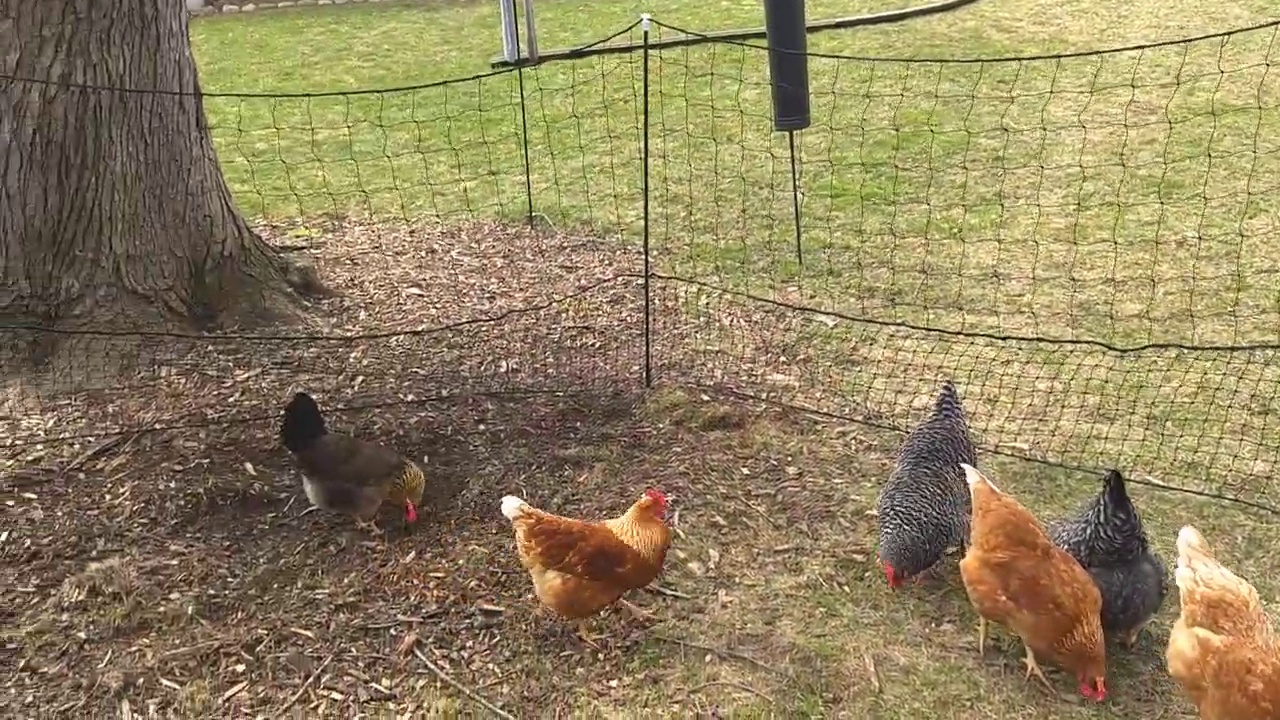Creating a secure and reliable fence for your chickens is a crucial aspect of responsible poultry keeping. In this comprehensive guide, we will explore the step-by-step process of building a chicken fence that not only provides protection but also ensures the well-being of your feathered friends. Let’s dive into the world of poultry fencing with the aim of keeping your flock safe and content.
Building a Chicken Fortress: A Step-by-Step Guide
Selecting the Right Materials
Start your fencing project by choosing durable materials suitable for the job. Sturdy wooden posts, high-quality wire mesh, and reliable fencing hardware are essential components for a robust chicken fence.
Determining the Fence Height
Consider the size and breed of your chickens when deciding on the fence height. Generally, a fence standing at least 6 feet tall is effective in preventing most chicken breeds from flying over and escaping.
Setting Up the Perimeter
Map out the area you want to enclose and begin setting up the perimeter. Use wooden posts at regular intervals, ensuring they are securely anchored to the ground. This forms the structural backbone of your chicken fence.
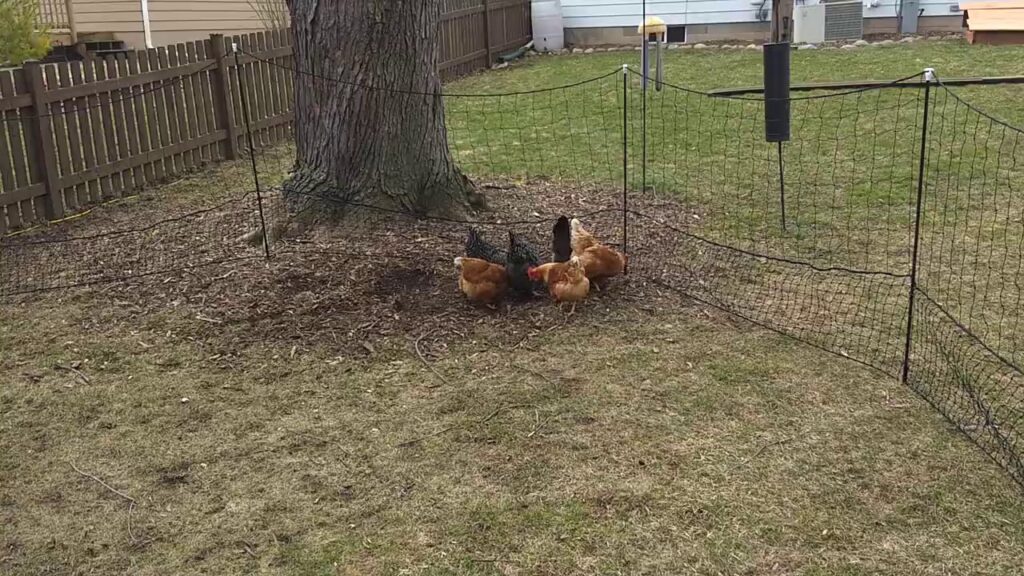
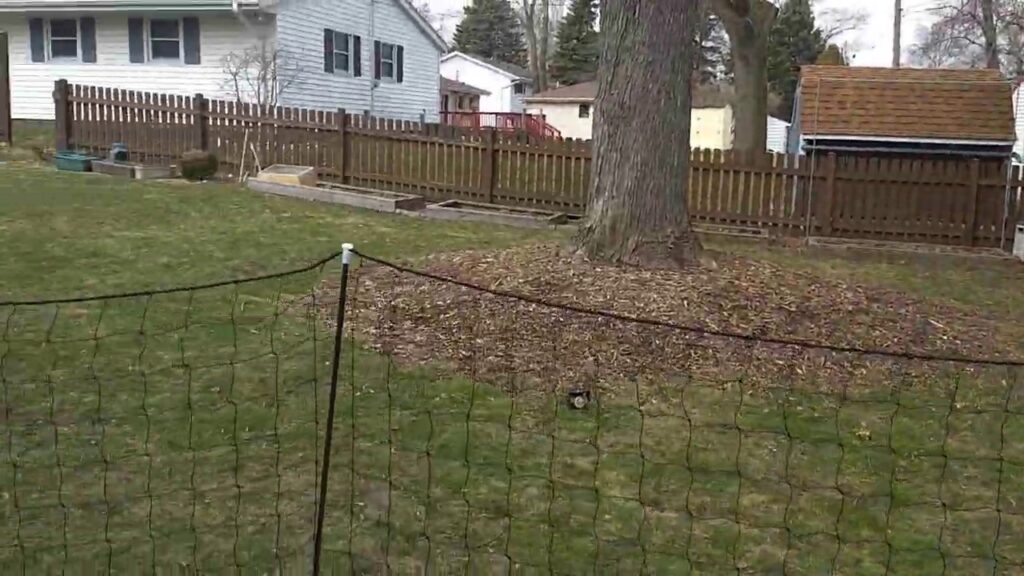
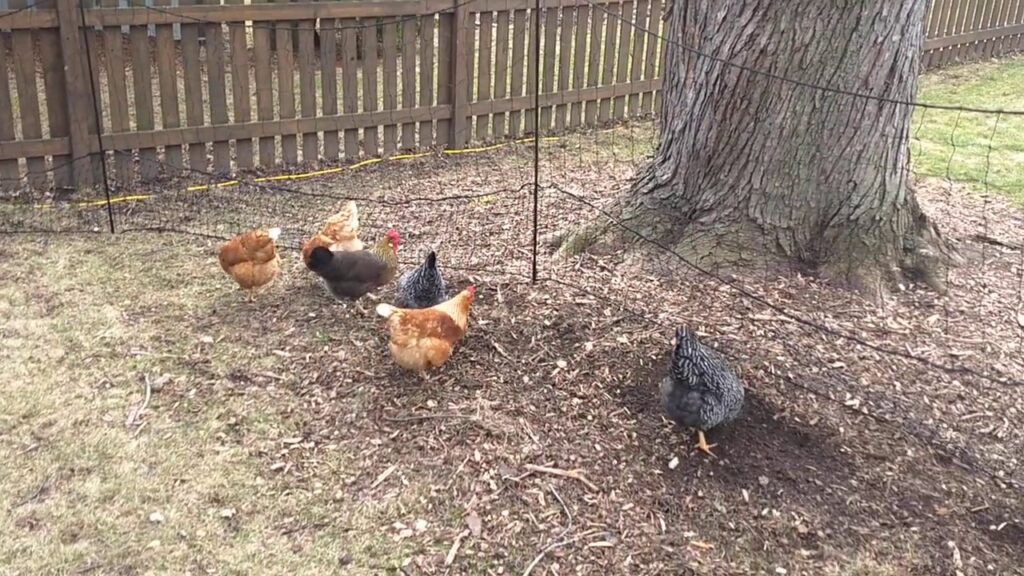
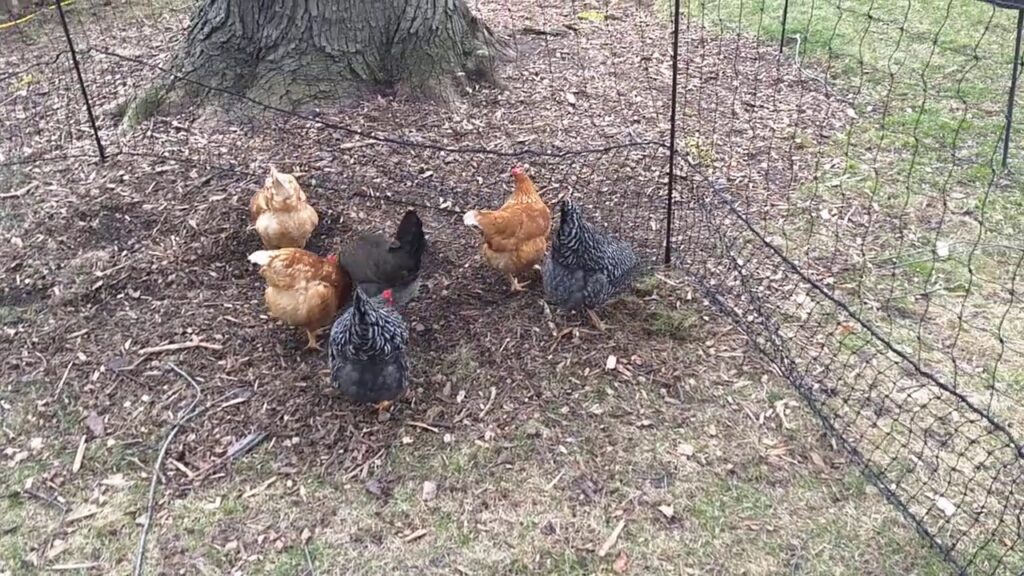
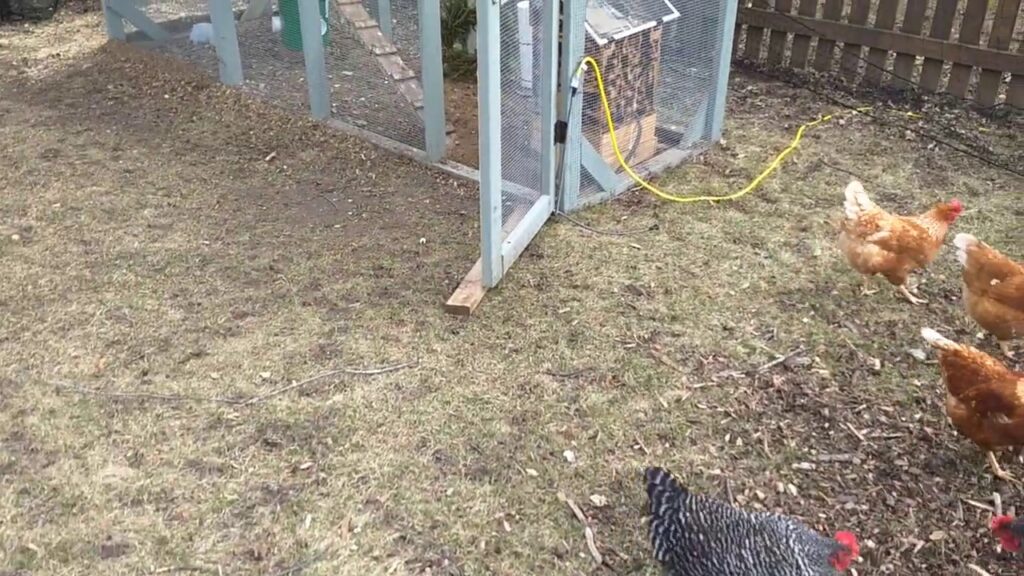
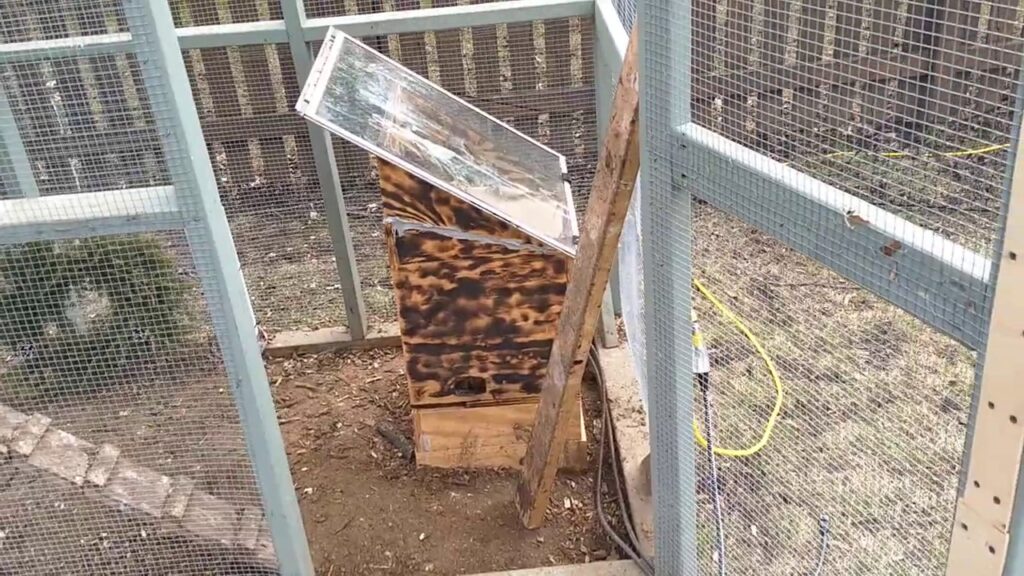
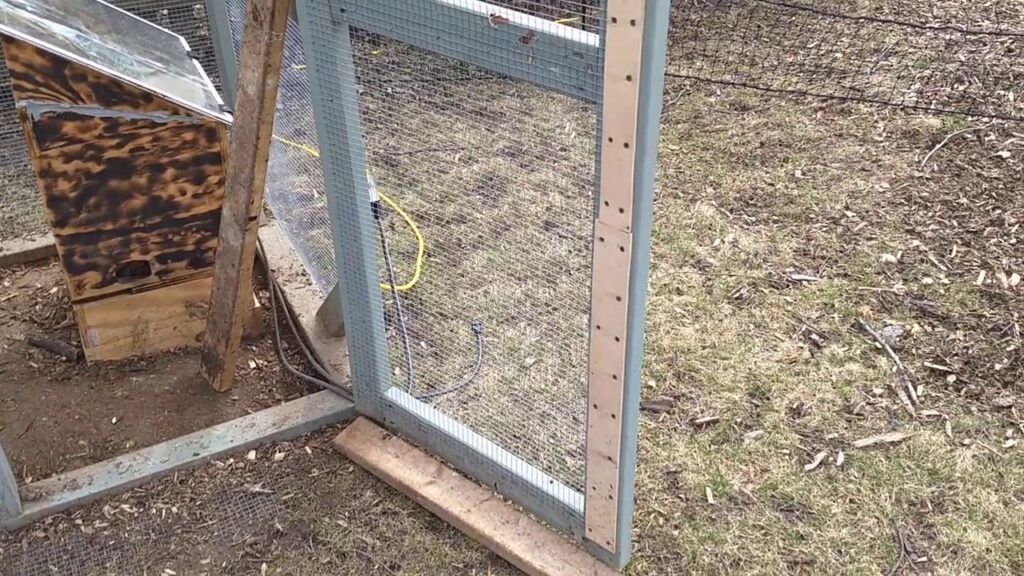
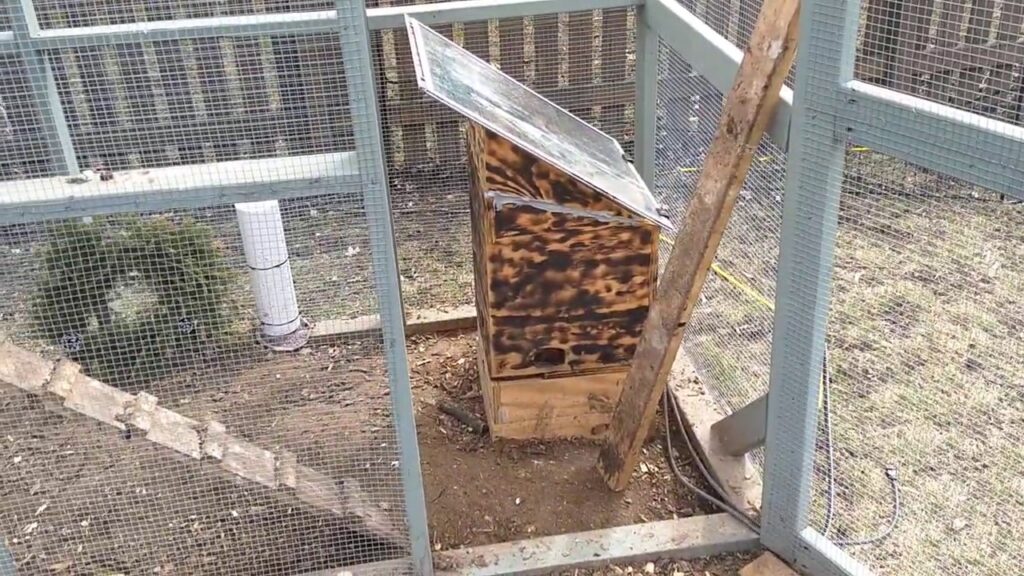
Types of Chicken Fencing
Welded Wire Mesh Fencing
Welded wire mesh is a popular choice due to its durability and versatility. It provides a secure barrier against predators and keeps your chickens safe within their designated area. Choose a mesh size appropriate for your flock’s size.
Electric Fencing for Added Security
Consider incorporating electric fencing for an extra layer of protection. This type of fencing delivers a mild shock to predators, discouraging them from attempting to breach the barrier. It’s a humane yet effective way to safeguard your chickens.
Poultry Netting for Grazing Areas
If your goal is to create a grazing area for your chickens, poultry netting is an excellent choice. It allows your flock to forage while still maintaining a secure boundary.
Enhancing the Aesthetics and Functionality
Adding a Gate for Accessibility
Include a gate in your chicken fence design for easy access to the coop and grazing areas. Ensure the gate is secure and properly latched to prevent accidental escapes.
Planting Vegetation Along the Fence Line
Incorporate landscaping by planting vegetation along the fence line. This not only enhances the visual appeal but also provides additional protection by acting as a natural barrier.
Regular Maintenance Checks
Perform regular maintenance checks to ensure the integrity of your chicken fence. Look for any signs of wear, damage, or potential weak points. Prompt repairs will keep your fence in optimal condition.
Conclusion
In conclusion, creating a chicken fence is more than just a physical barrier; it’s a commitment to the safety and well-being of your flock. By following this comprehensive guide and incorporating these practical tips, you’ll not only fortify your chicken enclosure but also create a secure haven where your chickens can thrive. Happy fencing!
Author Profile

- a passionate poultry enthusiast with a deep love for chickens, has cultivated his affinity for avian companions since a young age.
Latest entries
 ChickensSeptember 14, 2023The Mystique Unveiled: A Guide to Ayam Cemani Chicken Egg
ChickensSeptember 14, 2023The Mystique Unveiled: A Guide to Ayam Cemani Chicken Egg ChickensSeptember 11, 2023Understanding the Characteristics and Care of Guinea Fowl Eggs
ChickensSeptember 11, 2023Understanding the Characteristics and Care of Guinea Fowl Eggs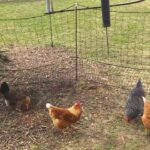 ChickensSeptember 3, 2023Fortify and Secure: A Guide to Fence in Chickens for Safe Flocks
ChickensSeptember 3, 2023Fortify and Secure: A Guide to Fence in Chickens for Safe Flocks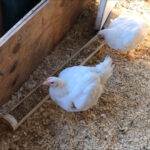 ChickensSeptember 1, 2023Discovering The Cornish Cross Chicken’s Secrets
ChickensSeptember 1, 2023Discovering The Cornish Cross Chicken’s Secrets
